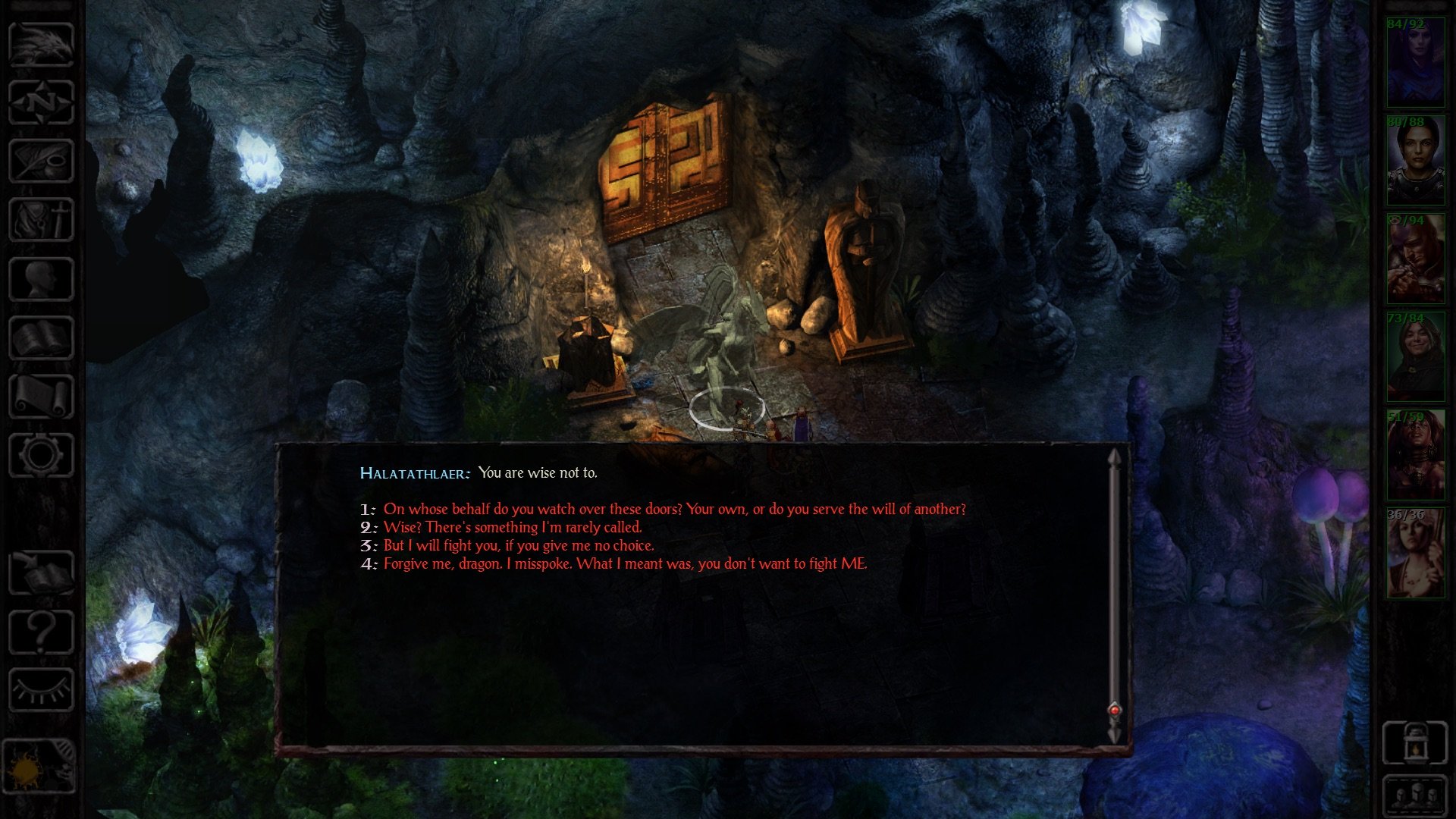Better With Age?
If you’re like me, a twenty-something just old enough to have played Baldur’s Gate but who was too young at the time to remember much about it, Baldur’s Gate: Siege of Dragonspear is going to seem like a great idea. You’ll remember how it made you feel when its opening cinematic played, with ominous music and a horned demon exacting violence against an out-matched, scarcely armored man, and you’ll say, “This is the expansion for me.”
Then you’ll remember that it was mostly your older sibling who held your hand throughout the game’s entire, expansive runtime, acting more as the silent-but-seething roommate who was able to suppress his anger as you ran off and died. After this, you’ll come to a sobering conclusion: You don’t know jack about how to play Baldur’s Gate.
I mean, you’ll get the idea. It’s like Dungeons & Dragons as a computer game—simple enough. You’ll be very familiar with the story, because, for whatever reason, it will stick with you most, so that will keep your interest and make sure you aren’t ignorant as to what the characters are referring. You’ll also get an exhilarating rush when all these details rush back to your mind
But hell, forming a cohesive party? Knowing when and how to cast the right spells? Not thinking things like “Aw man, an empty scroll case? Don’t need this?” Yeah … no.
You’ll be sure to go off solo, play for seven hours straight, die only to realize that you haven’t saved in six hours, and then look for the nearest ledge off of which you can hurl yourself. But you won’t. Because this isn’t just a game to you; it’s your childhood memories. Simply put, and this applies to the game as a whole, this is nostalgia. And nostalgia is rampant throughout media right now. The highest grossing film of 2014 was a nostalgia sequel (The Force Awakens), so why not an expansion to a seventeen year-old game?
Tapping into nostalgia, though, can be risky when you deviate from the formula of the source material. Siege of Dragonspear has caught some flak for having mostly linear gameplay. Rather than a huge, open world of near endless possibilities with the ability to pick and choose when and how you will complete certain quests, Dragonspear is a sequence of areas, albeit large ones, that go together in an even string.
On the face, this is neither good nor bad, merely different. However, one design decision goes beyond a neutral take: You cannot backtrack to previously explored areas. I heard this before going in and didn’t think it would bother me, but this creates a lot of disappointment when I really want to complete a quest but went one step too far in the linear direction. This would be like Arkham Asylum eliminating the option for side quests after you complete the main story. Bad.
The more you play Dragonspear, though, the more you realize what the game is truly about: the story. While there are some anachronisms (allies from the first game that seem to have either forgotten you completely or disappeared entirely), it stays mostly faithful as a missing piece to a puzzle.
I will give a comparison from which many will immediately repulse: this is a lot like the Star Wars Prequel Trilogy. Looking past its much-maligned state (which it did everything in its power to earn) that trilogy filled a gap in the story about which many people were wondering. Thankfully, Siege of Dragonspear is a lot higher quality than that comparison implies.
Still though, while I can’t find a reason for Siege of Dragonspear not to exist, and while it completely entertained me throughout its unbelievable 30-hour run time, it comes off more as wholly unnecessary.
-
Intriguing story
-
Challenging gameplay
-
Nostalgia points
-
Very linear
-
No backtracking
baldurs-gate-siege-of-dragonspear
-
baldurs-gate-siege-of-dragonspear #1
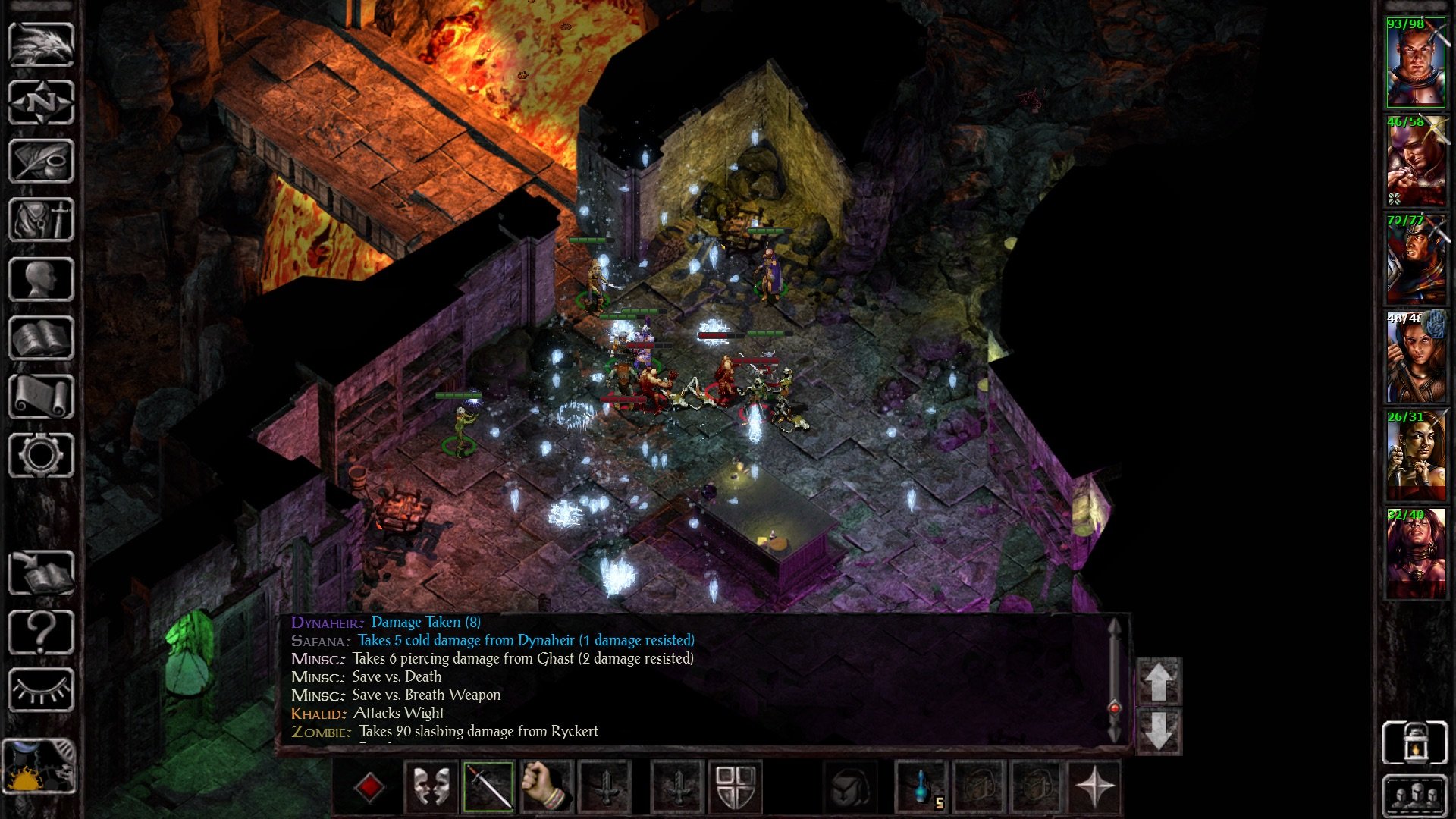
-
baldurs-gate-siege-of-dragonspear #2
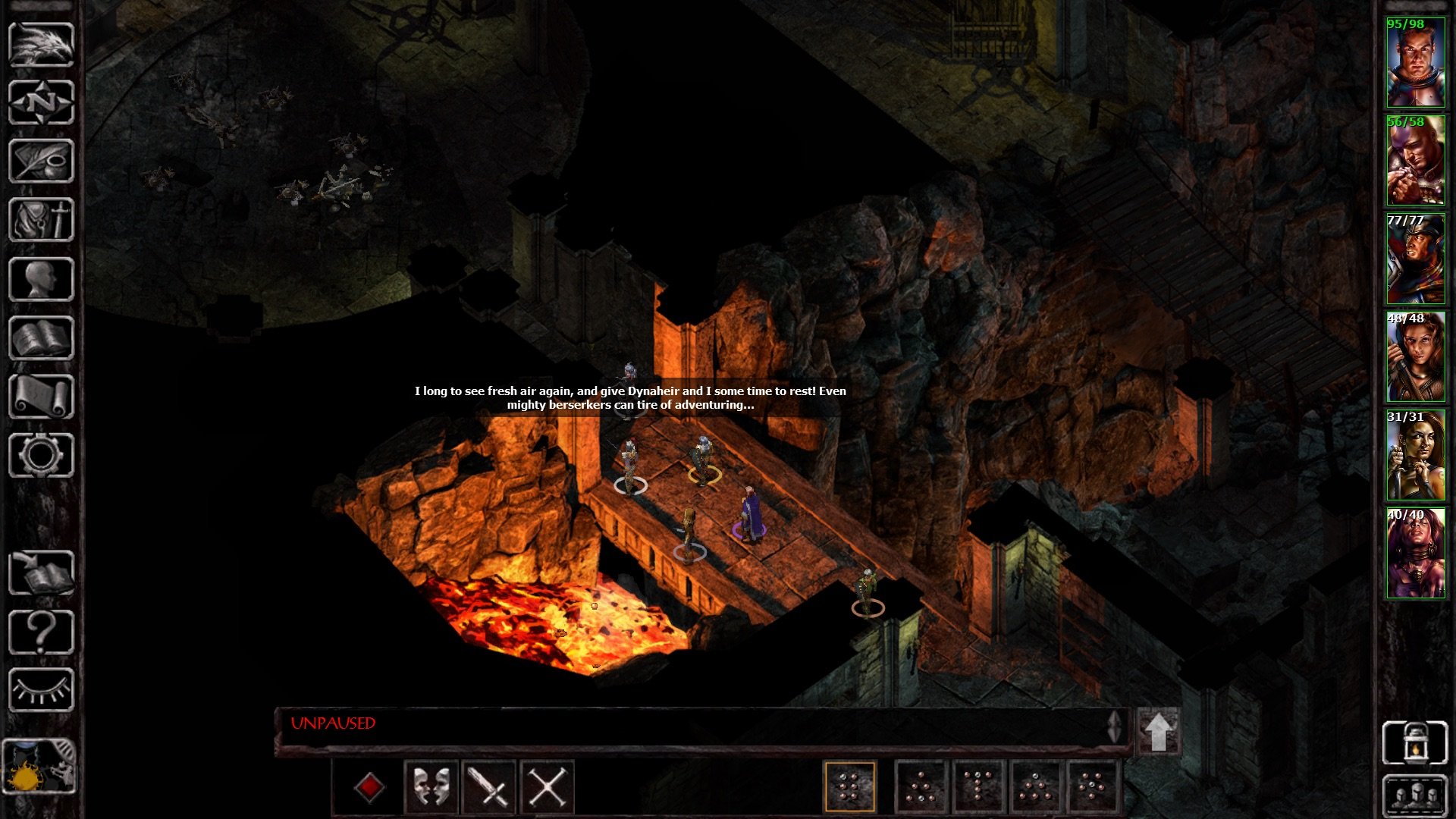
-
baldurs-gate-siege-of-dragonspear #3

-
baldurs-gate-siege-of-dragonspear #4
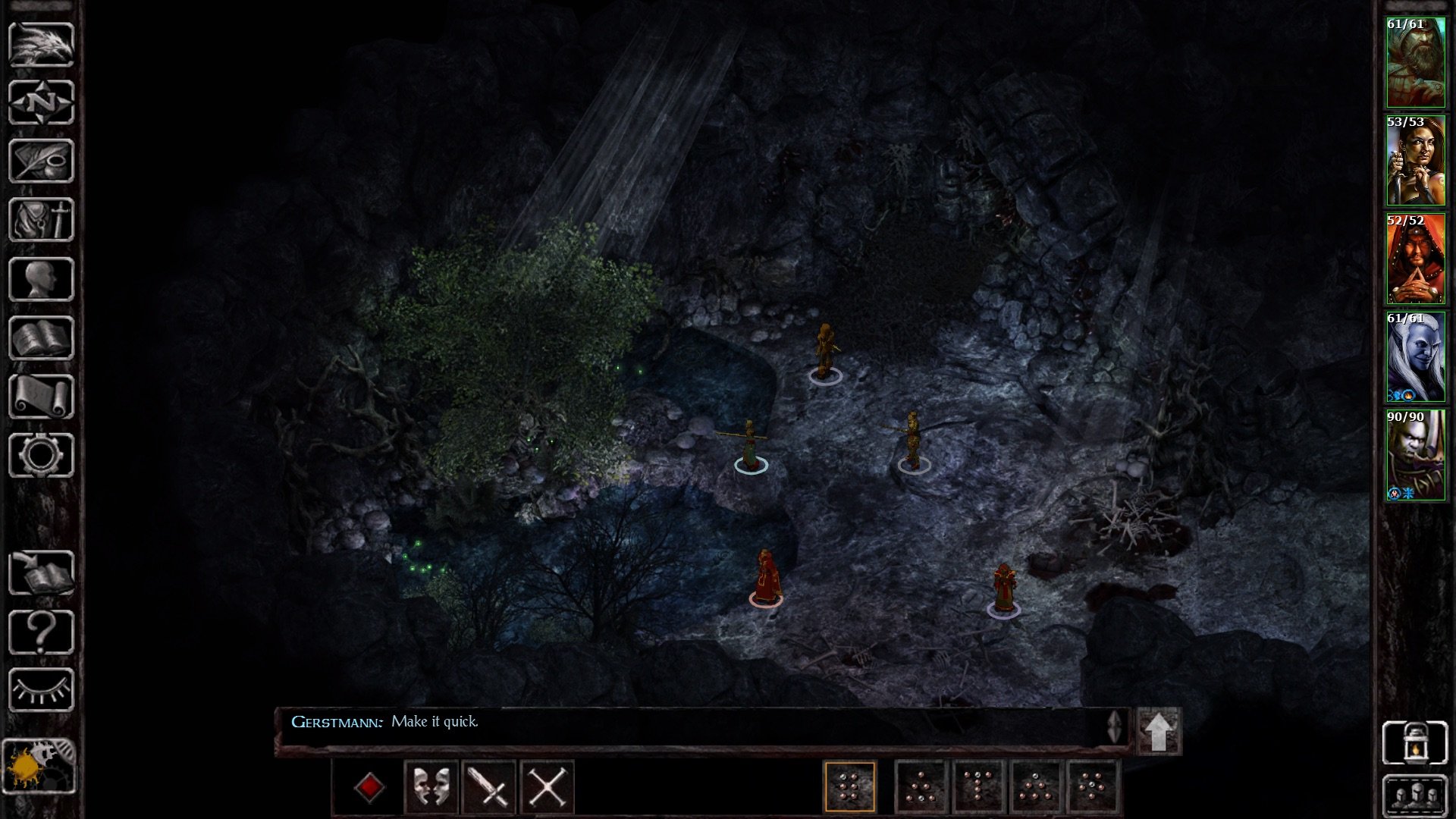
-
baldurs-gate-siege-of-dragonspear #5
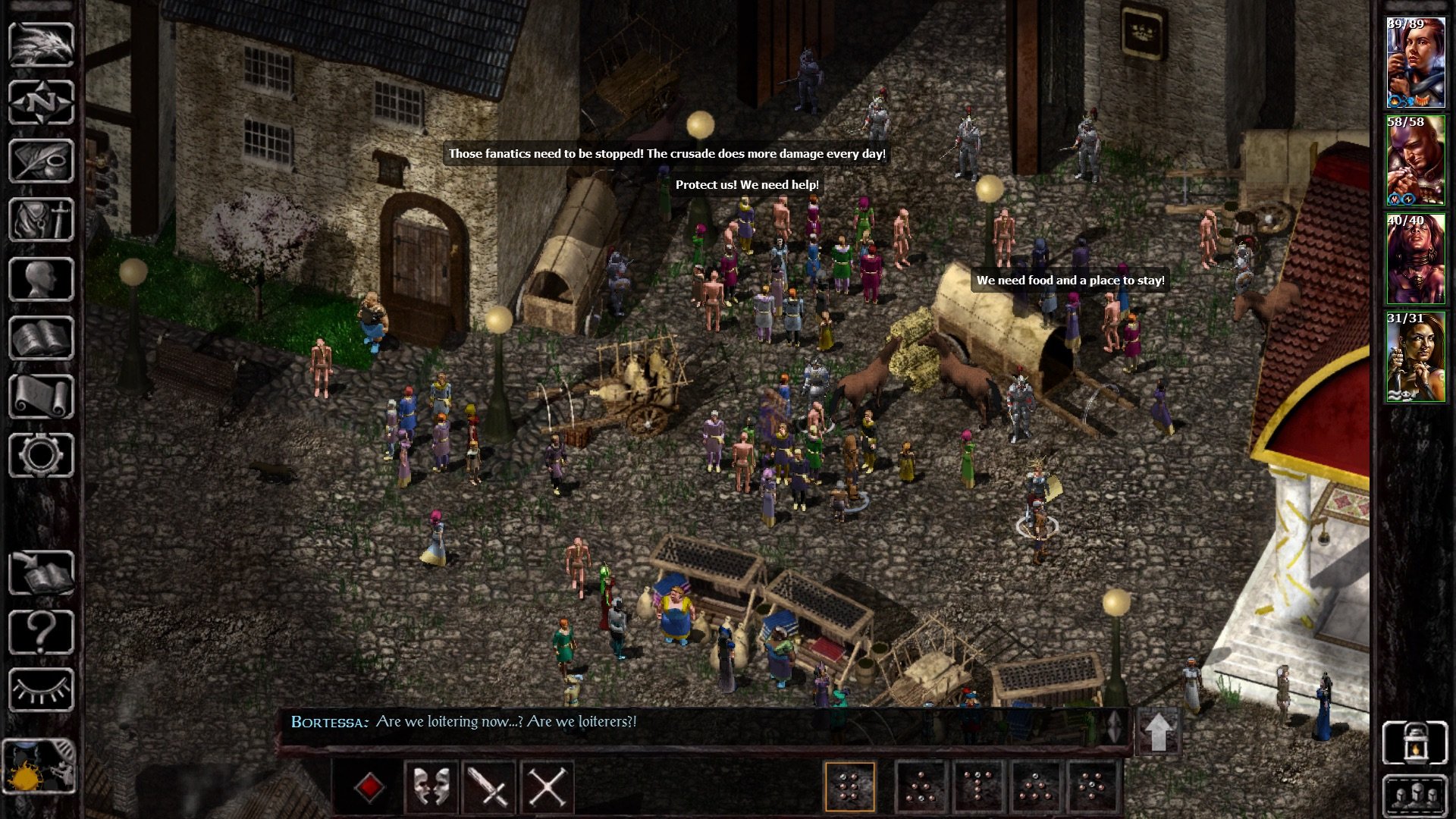
-
baldurs-gate-siege-of-dragonspear #6
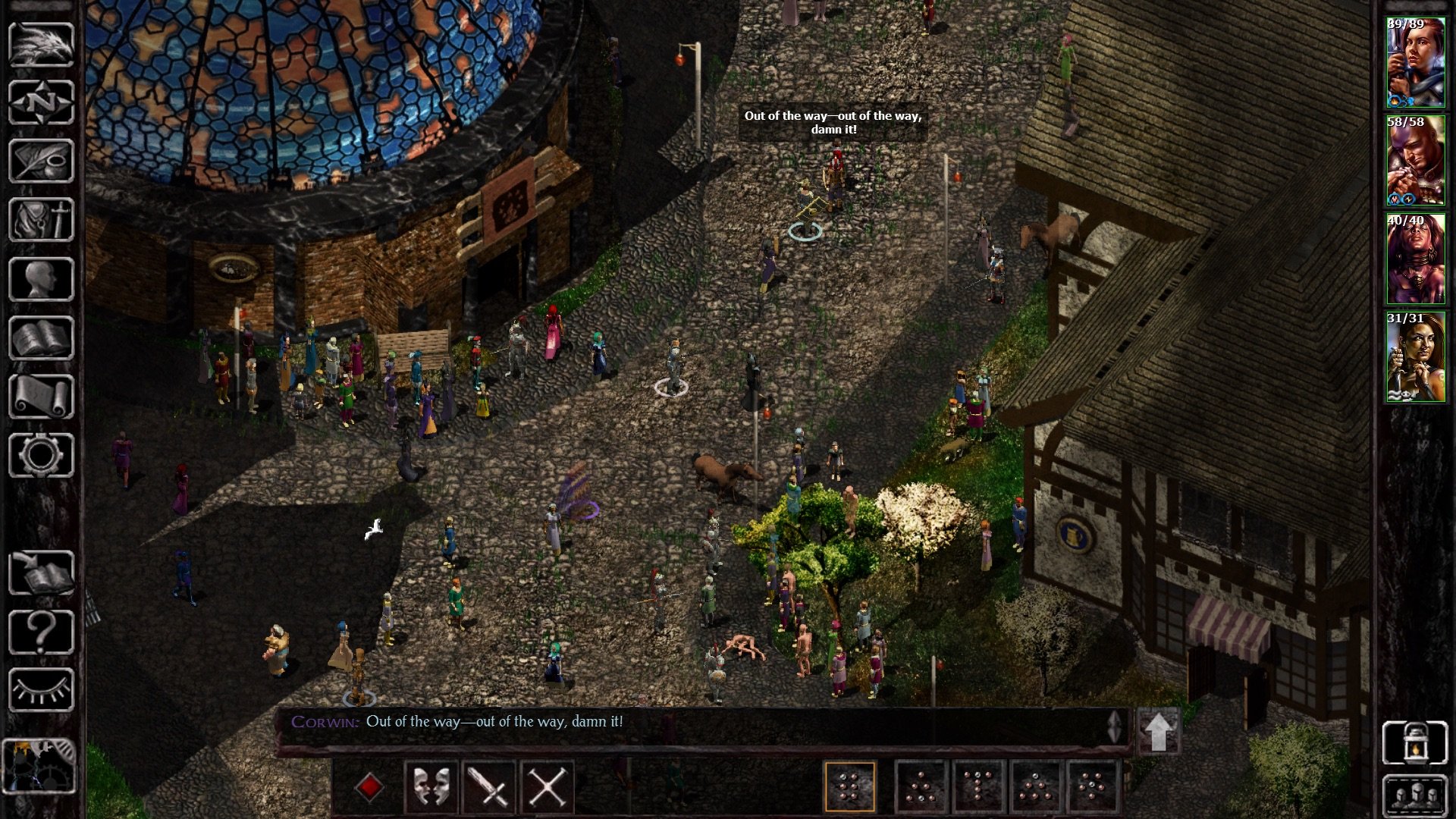
-
baldurs-gate-siege-of-dragonspear #7
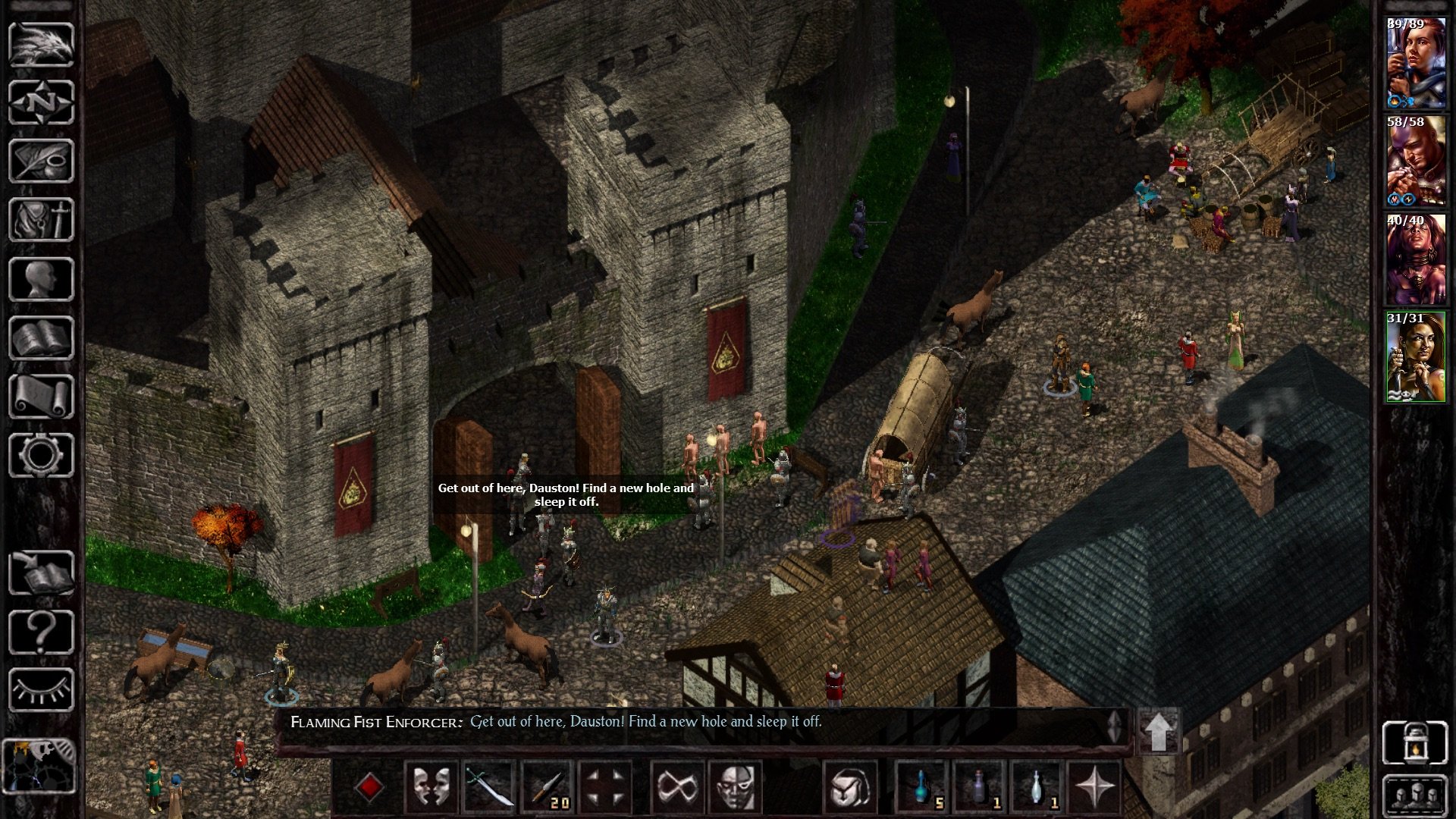
-
baldurs-gate-siege-of-dragonspear #8

-
baldurs-gate-siege-of-dragonspear #9
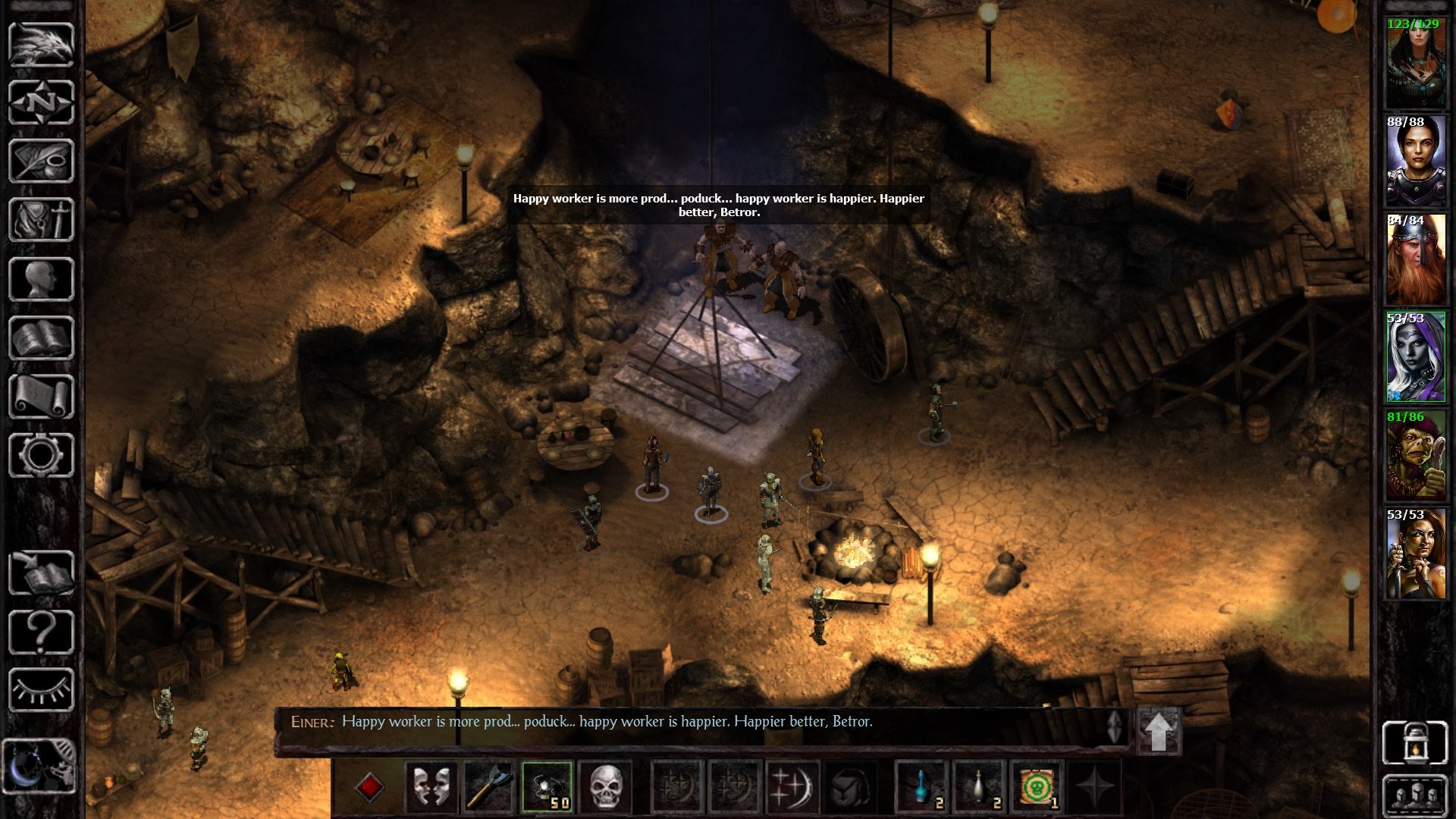
-
baldurs-gate-siege-of-dragonspear #10

-
baldurs-gate-siege-of-dragonspear #11
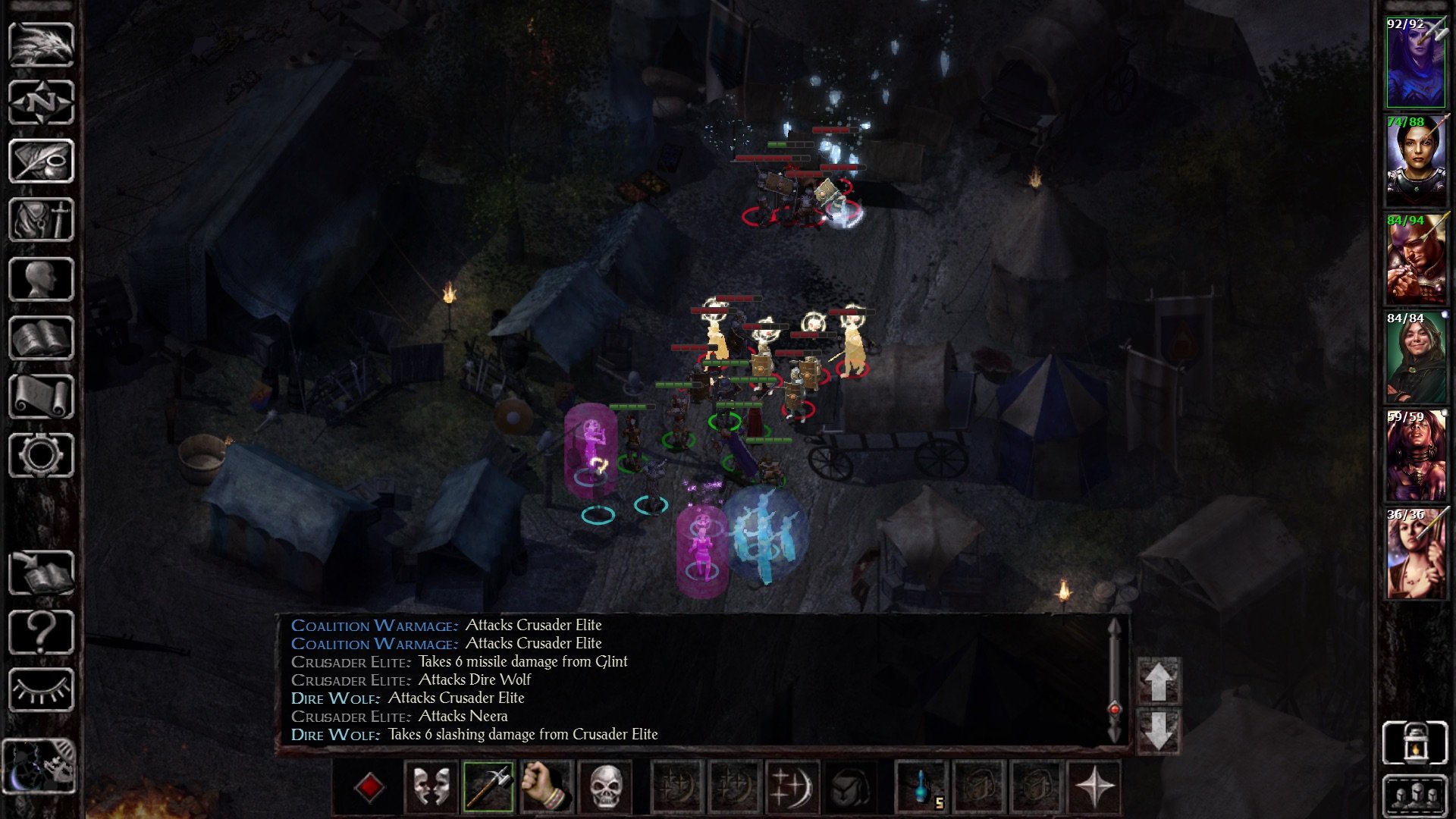
-
baldurs-gate-siege-of-dragonspear #12

-
baldurs-gate-siege-of-dragonspear #13

-
baldurs-gate-siege-of-dragonspear #14

-
baldurs-gate-siege-of-dragonspear #15
